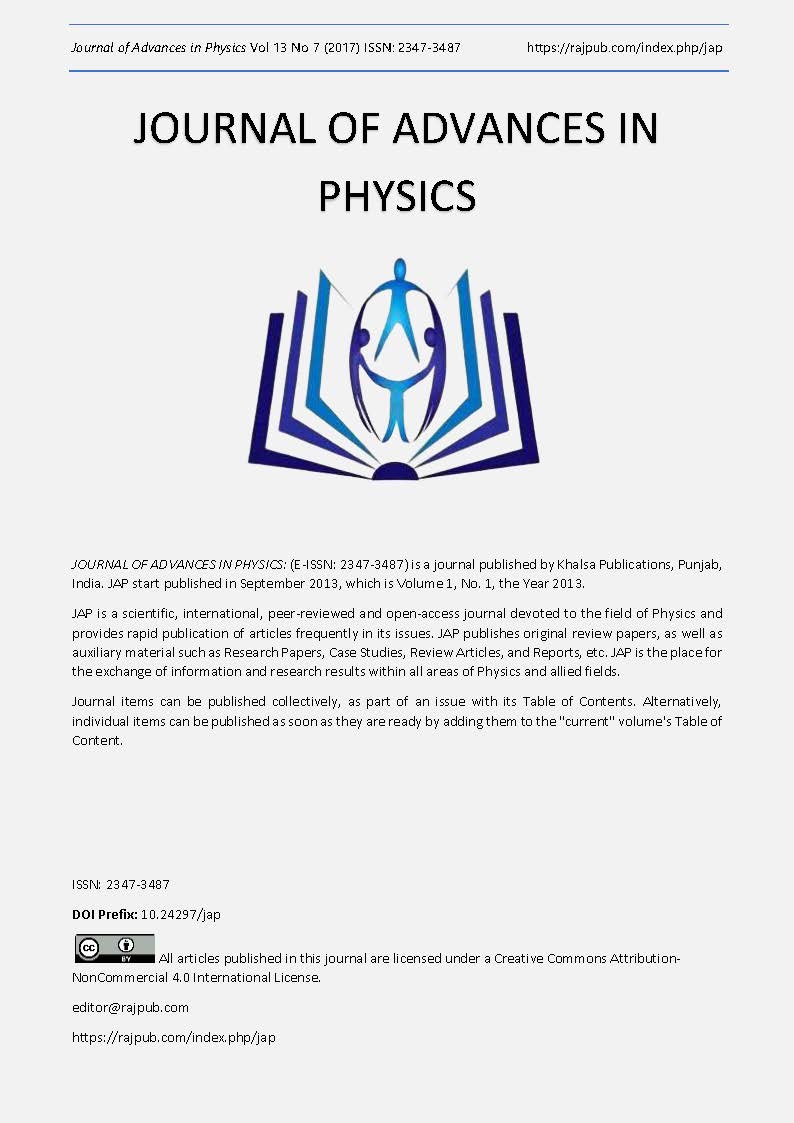Critical Review of Main Cosmogonic Theories
DOI:
https://doi.org/10.24297/jap.v13i7.6272Abstract
Big Bang theory postulates the red shift of light coming from distant galaxies is caused by the Doppler Effect. Like Platos astronomy, Big Bang theory has to be continuously propped up by countless patches in order to deal with new observations. Platos astronomy required countless epicycles within epicycles. Big Bang requires patches such as dark energy, dark matter, cosmic inflation, accelerating expansion of the Universe and countless revisions of Hubbles constant. In addition, this theory and the fundamental law of mass and energy conservation are mutually exclusive; according to Big Bank all energy and mass appeared suddenly out of nothing. There are of course Big Bang versions that try not to contradict the conservation law. Such theories postulate a multi-verse populated by an infinite number of Universes or an infinite number of Universe instances. In other words, either the most basic law of physics or Occams razor must be rejected in the most outrageous manner possible because otherwise the Doppler Effect cannot be used to explain the cosmic red shift. For these reasons, some astronomers promoted the stationary Universe theory and assumed that photons lose a significant amount of energy while traversing intergalactic distances and therefore suffer a red shift. This assumption is the basis of all Tired Light theories. According to Tired Light, photon energy loss is caused by collisions with other objects such as gas molecules or dust. As a result, this theory was quickly dismissed, because this loss mechanism cannot explain the broadening of supernova spectra, the variable rate of photon frequency decay and the fact that the image of distant objects is not blurred. Subsequently other versions of Tired Light theories were ignored because supposedly any other loss mechanism is not compatible with GTR field equations. According to these equations, when the photon structure is ignored, the energy momentum-tensor of a photon moving freely through space is constant. Experiments with laser beams show this conclusion is not exactly true. Therefore even free photons actually lose some minute amount of energy. What physical mechanism may explain this loss? A simple experiment with a common object will immediately reveal this mechanism. Internal interactions are the main mechanism responsible for the gradual dampening of spring oscillations and loss of energy, not collisions with other objects. When damping of photon oscillations caused by internal friction is considered, a new version of Tired Light can be formulated; a version that is validated by all astronomic observations without recourse to any patches and without rejecting the law of energy and mass conservation or Occams razor.
Downloads
Downloads
Published
How to Cite
Issue
Section
License
 All articles published in Journal of Advances in Linguistics are licensed under a Creative Commons Attribution 4.0 International License.
All articles published in Journal of Advances in Linguistics are licensed under a Creative Commons Attribution 4.0 International License.




